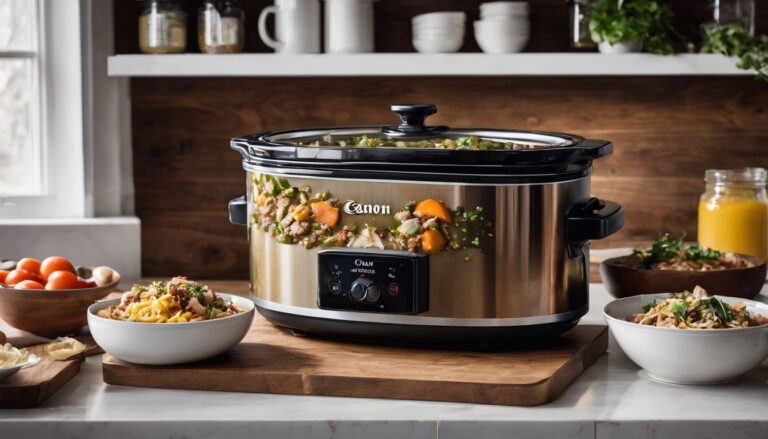Chicken Alfredo Calories: How to Enjoy It Guilt-Free
Ever caught yourself lingering over a plate of creamy chicken alfredo, savoring its velvety bite, and suddenly thought, “How amped-up is this dish on calories?” Originating from Italian cuisine, chicken alfredo has graced our plates and palates with its fusion of soft pasta, tender chicken, and decadent cream sauce.

Despite its overwhelming popularity, many struggle with guilt when indulging in this comfort food, mainly concerned about its caloric impact. Fear not! Through this article, we not only delve into the calorie content in various servings of chicken alfredo but also provide healthier alternatives to let you savor this dish guilt-free.
How Many Calories Are in Chicken Alfredo?
The caloric intake in chicken alfredo varies significantly with factors like serving sizes and unique recipes. For instance, a cup of chicken alfredo dishes out about 650 calories, while doubling the portion skyrockets the calorie count to approximately 1191.
Lesser-known serving sizes also have differing calorie contents; for example, a 366 g package of chicken alfredo offers around 550 calories. Varying sizes become irrelevant compared to alfredo dishes created with richer ingredients that might yield 1440 calories or more for a serving of just 100g.
These numbers reveal a higher calorie count than other popular pasta dishes like spaghetti with meat sauce, lasagna, or macaroni and cheese. Most of these calories come from fats, carbohydrates, and proteins, making chicken alfredo a high-energy dish.
Health Benefits and Risks of Chicken Alfredo
Chicken Alfredo comes with a mixed bag of benefits and risks. On the bright side, it’s an excellent source of protein and calcium that helps build muscles, maintains bone health, and prevents osteoporosis. The dish also provides vital vitamins like vitamins A and C, promoting eye health, immune function, and collagen production. In addition, the iron content helps transport oxygen in the blood, preventing anemia.
However, the joy ride ends here. Chicken Alfredo dishes are high in fat, particularly saturated fat, increasing cholesterol levels, and fueling risks of heart disease and stroke. The high sodium content may lead to hypertension and fluid retention, and the excess of carbs can contribute to weight gain and diabetes. Additionally, the dish’s low fiber content could trigger constipation and digestive issues.
Making Chicken Alfredo Healthier
Fortunately, adjusting certain ingredients can carve out a healthier version of chicken alfredo. For starters, you can:
- Use low-fat or skim milk instead of heavy cream or half-and-half.
- Use reduced-fat or light cream cheese instead of full-fat cream cheese or butter.
- Use whole-wheat or gluten-free pasta instead of regular pasta.
You could also increase fiber and vitamin intake by adding veggies like broccoli, spinach, or tomatoes. Grilled or baked chicken can work as better alternatives to fried or breaded ones, and to retain the flavors, sprinkle herbs like garlic, oregano, or basil instead of using excess salt or sugar.
Low-calorie Alternatives to Chicken Alfredo
For those keen on trying low-calorie pasta dishes, spaghetti with tomato sauce and meatballs, penne with pesto and chicken, or fettuccine with mushroom and spinach sauce are excellent alternatives to chicken alfredo. These dishes primarily depend on tomato-based or vegetable sauces instead of cream-based ones, use lean meat or poultry rather than fatty ones, and emphasize herbs and veggies over oil and cheese.
FAQs
Is chicken alfredo bad for you?
How many calories are in Olive Garden’s chicken alfredo?
What is the difference between chicken alfredo and chicken carbonara?
Conclusion
To sum it up, chicken alfredo’s creamy, delicious flavor can spellbind any food lover. While it’s richer in calories compared to other pasta dishes, certain modifications can make it healthier and lower in calorie content. Experimenting with alternative pasta dishes, using less oil and salt, and adding more veggies, proteins, and low-fat ingredients are some ways to enjoy this comfort food without a side dish of guilt.
What are your experiences with modifying chicken alfredo to make it healthier? Let’s share insights in the comments!






